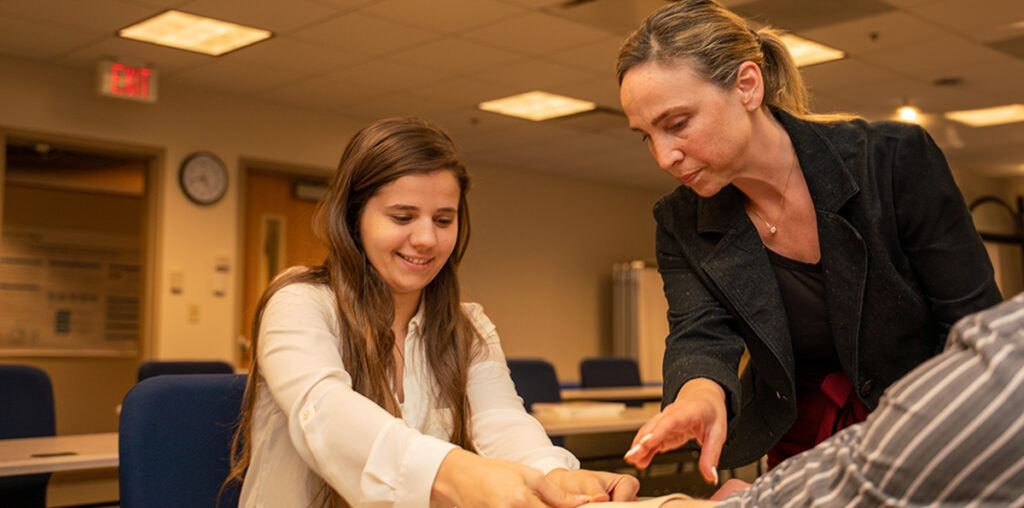BY Elizabeth Wanka |
3 MIN READ

When I first embarked on my journey into the field of occupational therapy, the concept of “occupation” appeared like a labyrinth of complexities, its significance elusive. It wasn’t until I delved deeper that its profound meaning to individuals, families and communities began to unravel.
What is Occupational Therapy?
Let’s start by defining occupation. At its core, occupations encompass the myriad of activities we engage in daily – from the mundane tasks of toileting and dressing to the more intricate actions like driving to work or navigating our computers. These activities, spanning from the muscular coordination needed to grasp objects to the cognitive demands of attention and memory required while driving, form the fabric of our existence.
Reflect on your morning routine – the steps you take to prepare for the day, the seamless transitions as you transition from home to school or work. Each action, often performed at a subconscious level, contributes to the tapestry of our lives. Now, imagine the upheaval caused by an accident or stroke, disrupting this delicate balance.
In such moments of disruption, occupational therapists step in, guiding individuals towards reclaiming their independence through a reimagining of familiar occupations. This may involve environmental adaptations such as installing a shower bench or devising new organizational systems to facilitate daily tasks.
What Can Occupational Therapy Accomplish?
Now, let’s shift our focus to children, particularly those with developmental delays due to conditions like Down syndrome, autism, or cerebral palsy. For these young ones, occupational therapists become facilitators of growth, harnessing developmental milestones through the guise of play – a pursuit inherently meaningful to a child.
As you contemplate these examples, it becomes apparent that occupational therapy transcends mere rehabilitation; it is a catalyst for restoring purpose and autonomy to those whose lives have been altered by circumstance. While our foundation lies in neurology, muscular function, and developmental psychology, our ultimate goal remains steadfast – facilitating individuals in reclaiming their ability to engage in the occupations that bring meaning to their lives.
What Else Can Occupational Therapy Do?
The realm of occupational therapy extends far beyond clinical settings. We traverse diverse landscapes, from mental health facilities fostering new habits and routines to rehabilitation centers aiding in post-illness deconditioning. We are found in schools nurturing visual perceptual skills and in pediatric clinics assisting with emotional regulation. Our journey even takes us to community centers, where we empower seniors to navigate newfound avenues of community engagement.
Our practice is not confined by boundaries; it is guided by a holistic understanding of human experience – blending anatomy, physiology, movement, and mental well-being with the intrinsic value of meaningful occupations. The next time you navigate your daily commute, consider the myriad of skills at play – from grasping the steering wheel to engaging your executive functions. In these moments, the intricate work of occupational therapists becomes palpable – as they empower individuals to embrace new skills or rediscover those lost along life’s journey.
Learn More
Elmhurst University’s Master of Occupational Therapy is one of many graduate programs within the health care family of programs in the School of Graduate Studies. To learn more, please fill out the form below.

